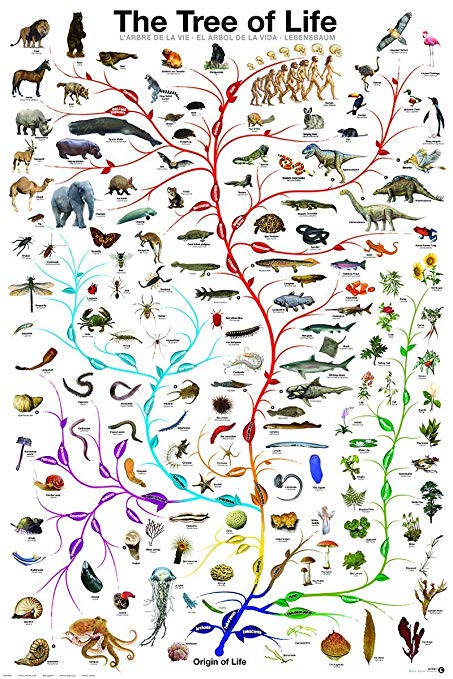
The number of life forms on earth is staggeringly huge; despite the discoveries of the past three hundred years there remains a vast, nearly uncountable number of unknown species of life forms. For perhaps a billion years, earth’s plants and then animals have filled every available environmental niche, from the coldest to the hottest, the wettest to the driest.
This prompts the question “why so many myriad forms; why does life display such diversity?” The religious or metaphysically-minded might reply it’s a divine plan, that a universal consciousness directs the creation of all life for purposes too profound for mortals to grasp fully. The materialist or scientifically-minded might reply that having emerged by accident, the life-process set in motion is self-generating and self-sustaining, needs no conscious creation nor divine intervention. Whichever argument suffices, biodiversity remains an observable fact and serves a purpose: resilience.
Resilience is the quality of an adaptive complex system to recover from turbulence or disruption and over time reestablish itself. Life, being such a system, reestablishes itself through both interdependence and diversity, which in concert engender resilience. Interdependence is simple to observe with each breath; our lives depend upon oxygen produced by plants and we return to them carbon dioxide they need for their survival. Everything about life’s adaptive complex system contains such symmetry, even if it is less obvious than oxygen/carbon dioxide exchange; symmetry pervades death as well as life, and the interdependence of life and death appears to be a cosmic principle. Thus dying stars explode and eject the base elements, like carbon, required by life.
Underlying interdependence is resonance, a quality which connects all parts. At the smallest scale, resonance dictates how sub-atomic particles and fields interact, attain mass, attract, repel, join together and come apart. Essential to existence itself, resonance is essential to life. On up from the smallest scale, resonance pervades life’s adaptive complexity. Our bodies, for example, are host to more living microbes of non-human origin than human cells; the powerful resonance between us and “germs” makes human life possible. Diversity provides a rich genetic pool from which new species can arise, adapted to new conditions for survival. In this respect monoculture runs against the grain of nature.
Diversity and interdependence allow for what we perceive as autonomy and separation. These latter are illusory appearances, despite their emotional power. Civilization is built upon this illusion, as is individual ego, and therefore by degrees exhilarating and joyful, depressing and heartbreaking; such is the fickle nature of illusion. Gratefully, the complex system of life does not depend upon on our illusions, but it is impacted by them and adapts. Resilient planetary systemic adaptations, like those accompanying climate change, may well not be to our liking.
Human illusion echoes the larger adaptive complex system; we constantly try to overcome turbulence of our own making with new adaptations designed to sustain illusion. We neglect, however, to sense the greater wholeness of our situation, our small place in the history of life on earth and the limitations of our illusion-based behavior.
No matter; the emergent disruption of civilization is but a modest bump in what has been a tumultuous and continuous planetary exercise in resilience. This may be small comfort in trying times, but if for a moment illusion is set aside the realization of unity through diversity provides some relief.